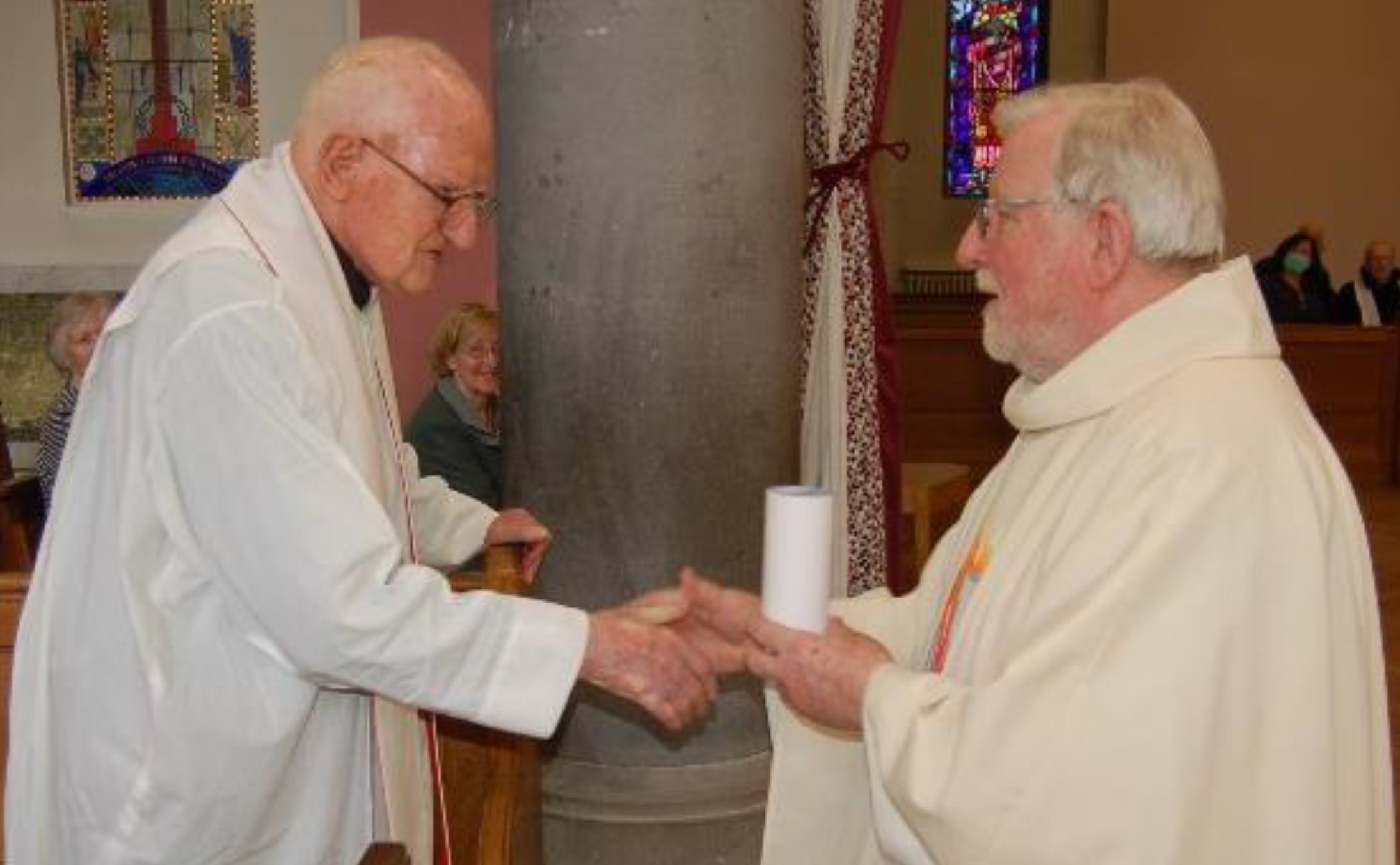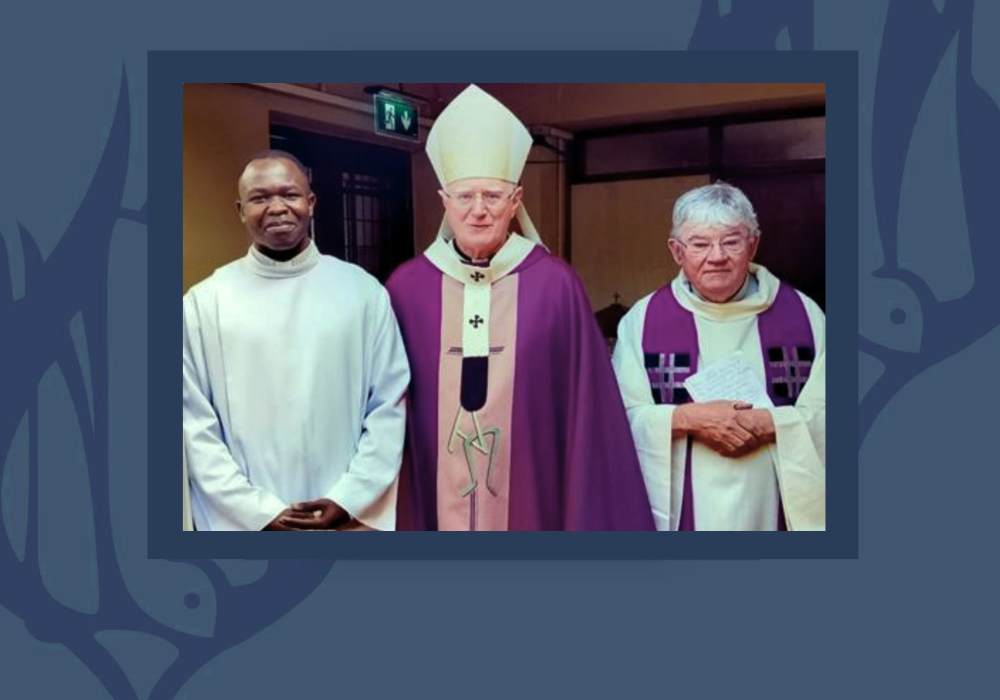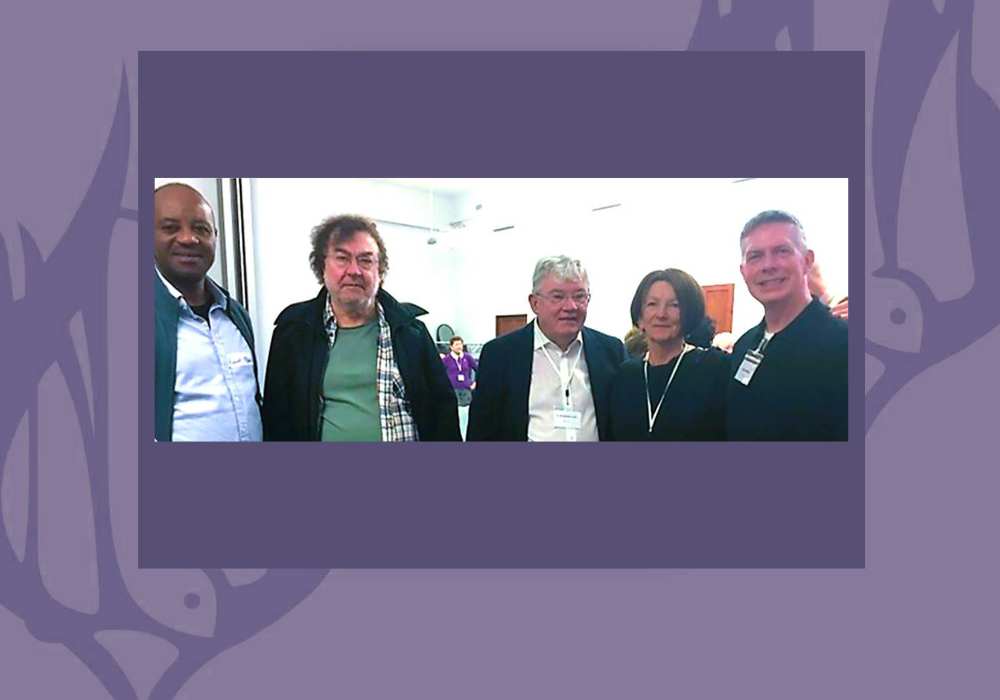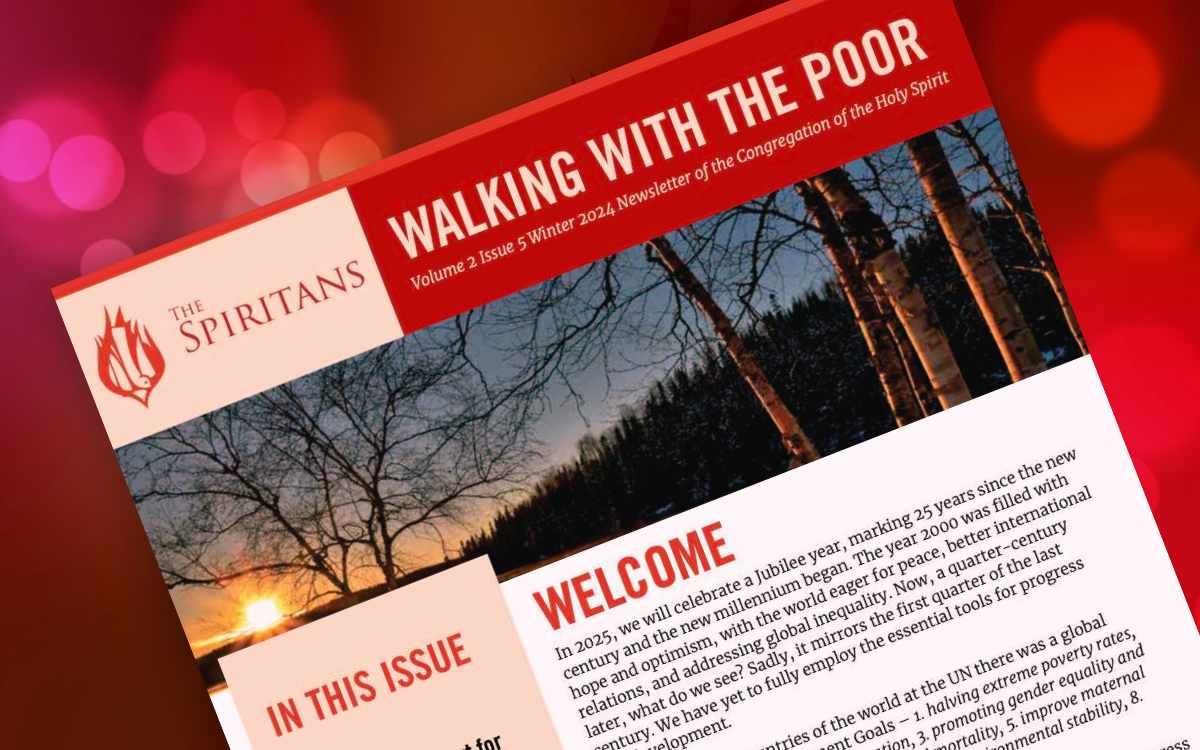Cyclone Idai
John Kingston* C.S.Sp.
in Moçambique April 2019
Devastation
Driving from Chimoio to Beira a few days ago we were going in the opposite direction to that of Cyclone Idai three weeks previously. As we advanced, the results of the cyclone were increasingly dramatic. Nyamatanda district was devastated by large volumes of water which cut the main (only) road in four places. Here many people died, some trying to wade through the flow of water. National Road N°6 had taken ten days to re-open. Supplies to a huge area of southern Africa stopped flowing.
We saw many fields of tents. Frequently, a large crowd of people was waiting for the distribution of food kits. The recently repaired road was eroded in places. Approaching Beira city, the signs of the savagely powerful cyclone were everywhere; it was easier to count the houses and buildings with a roof than the many which were without. Gliding along the new main road on smooth tarmacadam was like watching a horror film: Uncovered buildings all around; rubble and rubbish everywhere; trees torn up, roots and all. An unimaginable power of nature had turned the whole city into ruins. Power lines lay scattered all over the place. The word ‘devastation’ seems best to describe the scene.
We went first to the Archbishop’s house – which we found had also lost its roof – to present clothing and other essentials offered by our parishioners for the cyclone victims. The people of the archdiocese were working hard to prepare clothing and food kits for distribution to those who had lost everything except their lives. As night fell and we returned to the outskirts of Beira to the Spiritan Formation House; electric lighting quickly diminished and then the city seemed like a rural village without lights.
I managed to visit different parts of the city. Only three churches in Beira remain covered. In Macuti, right beside the sea, most of the church walls were also knocked down by the storm while Macuti’s presbytery and the church in the Spiritan parish, in an area called ‘Vaz’, are now both roof-less.
Resilience and Recovery
Moving around the city, despite all the destruction, another word comes to mind: ‘resilience’. People will still visit a bar open to the elements; Beira’s Mayor went out clearing the streets with a chainsaw; some people have acquired generators though the supply of these in the shops has fully dried up.
The important thing for now is that many efforts are being made to get food to those who need it most. Much help is arriving from outside. The archdiocese is using the parishes as a way of doing organized distribution. At the same time people are trying to plan the recovery or re-building of their houses. Roof-sheeting is part of the kit being provided, in the case of our parish and mainly through the solidarity of the people of Portugal co-ordinated by the Spiritans. A number of people have been so traumatised by the cyclone that they are unable to repair their houses and have put up ‘For Sale’ signs.
The Spiritan Formation House has survived but was badly rattled and has cracked in a number of places. The plan is to have the structure of the house, especially the roof, examined by an expert. Fortunately, while the cyclone was initially followed by a lot of rain, greatly increasing the misery of people, a dry interval has since followed. Water supply has come back though the restoration of electricity is taking more time as so many poles have been blown down and wires were cut. Some people are afraid to live in Beira now because much of the city is at – or under – sea level. Yesterday there was an earthquake; fortunately, it caused no major damage. A tsunami here would be horrific!
—
* Ordained in 1976, Fr. John has served in Angola and Moçambique in southern Africa as well as in Ireland and Rome. Since 2013 he is back in a parish and mission in western Moçambique in which he had first ministered more than a decade earlier.
Image by WikiImages from Pixabay
+






